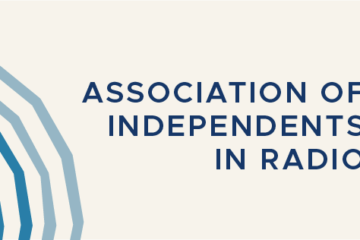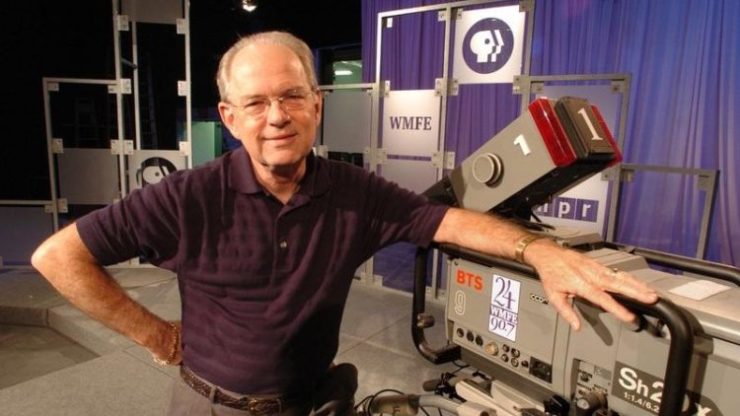CUNY students brainstorm ways for public media to build membership
Budding journalists at the City University of New York Graduate School of Journalism were given a challenge: How can public media develop new relationships with potential donors?
But rather than starting by looking at pubmedia’s content, they were told to determine the community’s needs by listening to the audience. Carrie Brown, social journalism director at CUNY, shared some of the students’ answers on Medium. The students presented their findings to Kassie Stephenson, vice president of membership and marketing at WBEZ in Chicago.
One team outlined a fundraising disconnect between listeners and stations. Interviewing men and women ages 23–60, the team found that most people listen to the radio in the mornings and evenings when they’re commuting or exercising. But these regular listeners weren’t giving to public media because they don’t know that it needs money, and they see public media as a monolith. Feeling disconnected, they didn’t understand how their small-dollar donations could have an impact.
So the group suggested a streamlined way for stations to build community and encourage microdonations.
Introducing Five Dollar Fridays!
Once a month, a particular show would host the WBEZ $5 Friday donation drive. Fans of the show would simply text “WBEZ5” to their phone to donate $5 by midnight. The donation would conveniently be charged to their phone — no need to enter a credit card, set up paypal, etc. After sending the text, they would automatically be entered to win the “reward of the day,” something custom-designed to reflect the program, host, viewers, etc. There would be a limited number of these rewards.
But all donors would receive a thank-you text or email from the host and have their names published on WBEZ’s website or social media. They wouldn’t be called “donors,” either; instead, they’re “co-producers” of the featured program.
Another team suggested that public media develop its own system to track user identities and create a plugin to replace comment sections that use third-party services like Disqus, Livefyre, Facebook and Twitter’s API. Such a system could allow public media to store user and credit-card information to enable identity management and seamless donations. User privileges would increase based on engagement and giving.
http://www.slideshare.net/carrielisabrown/wbez-me
The graduate students are enrolled in the Master of Arts in Social Journalism program at CUNY, which focuses on recasting journalism as a service that leverages digital and reporting tools to build community and that listens to the audience in order to fulfill its needs.
A recent study from the American Press Institute found that listening to and engaging with the community are the best ways to build audience. Key steps include checking in, delivering and capturing new value, and being accessible, responsible and present, according to the study.
Jennifer Brandel, c.e.o. of Hearken (which Current uses), also argues that newsrooms should listen to their audiences. But instead of giving the audience what it wants or needs, it should ask, “What does our community not know that we can help them find out or understand?” Such listening has helped public media outlets like Michigan Radio and WYSO in Yellow Springs, Ohio, deliver reporting that’s mission-based and popular, she writes.
Learn more about other CUNY students’ presentations.
Related stories from Current:






